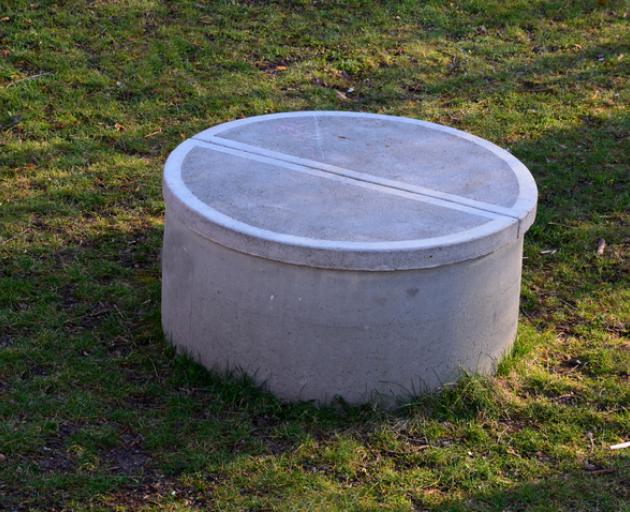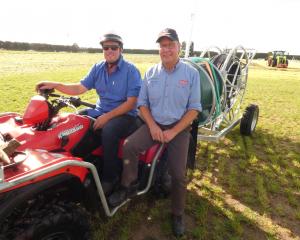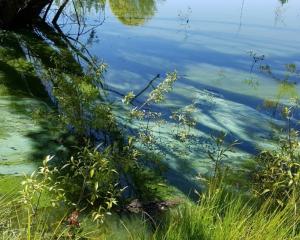
The Waimakariri Zone Committee chairman was responding to Environment Canterbury’s latest groundwater quality survey, which found E.coli and nitrate contamination in some private wells.
“I think raising public awareness is a good thing. We have such a big number of lifestyle blocks in our district with private wells, so we need to be engaging with those people to get their wells tested,” Mr Blackwell said.
The presence of nitrate contamination has been attributed, in part, to the influx of dairy farming on lighter soils over the last 20 years, he said.
“To be fair, 10 years ago nobody really knew about nitrate contamination in drinking water.
“It’s something everybody should be conscious off, but we’re waiting on Plan Change 7 to address that, so it’s an ongoing process.”
Samples were collected from 322 wells in spring 2020 to help scientists understand the state of the resource and assess changes in water quality over time, ECan groundwater science manager Carl Hanson said.
“The results in the latest report are what we expected. Groundwater is vulnerable to contamination, including E. coli and nitrate.”
E. coli was detected in samples from 37 wells (11 percent), while samples from 20 wells (6%) had nitrate concentrations above the national drinking water standard of 50 milligrams per litre or 11.3mg/L of nitrate-nitrogen.
All of the wells with nitrate and E. coli above the national drinking water standard were privately owned, with owners being notified.

“Canterbury has some of the strictest land-use rules in New Zealand to protect the region’s water quality. Over time, these steps will help ensure that less nitrate enters Canterbury’s water.”
Greenpeace has called on ECan to be upfront about health risks of nitrate contamination, as the new data shows nitrate contamination in drinking water is rising.
“The current message from ECan is that if your water is anywhere under that extremely high contamination rate of 11.3mg per litre of nitrate, then it’s safe to drink,” Greenpeace senior campaigner Steve Abel said.
“That denies the emerging science showing adverse health effects well below that limit.”
He said a 2018 Danish study showed an increased risk of bowel cancer at just 0.87mg/L of nitrate contamination in drinking water, while the New Zealand College of Midwives had called on the government to lower the 11.3mg/L limit after studies showed that 5mg/L nitrate contamination can increase risk of premature births by half.
Greenpeace has conducted free water testing in Woodend and Ashburton in recent months, testing more than 450 water samples across the region.
“The fact that we’ve had such demand for these free testing days, and the tone of the conversations that we’re having with Cantabrians, show that people are taking the nitrate risk to their health seriously,” Mr Abel said.














